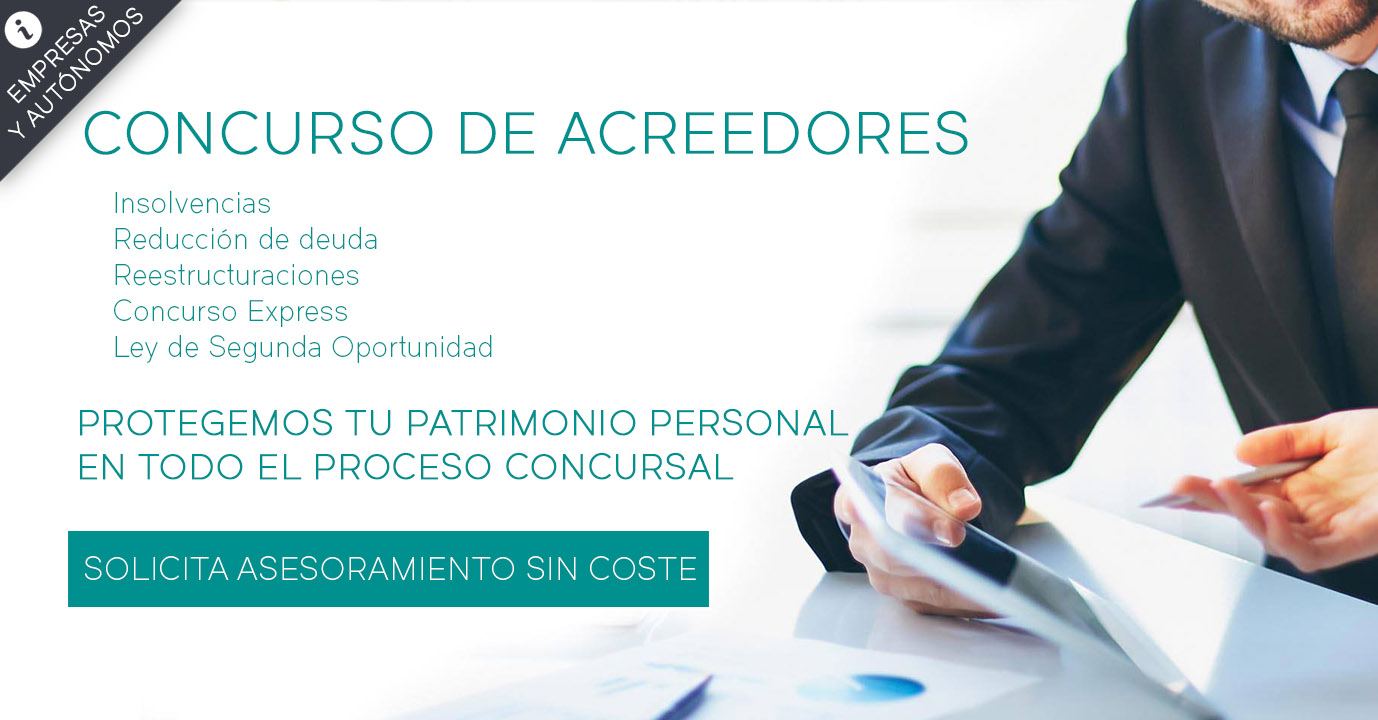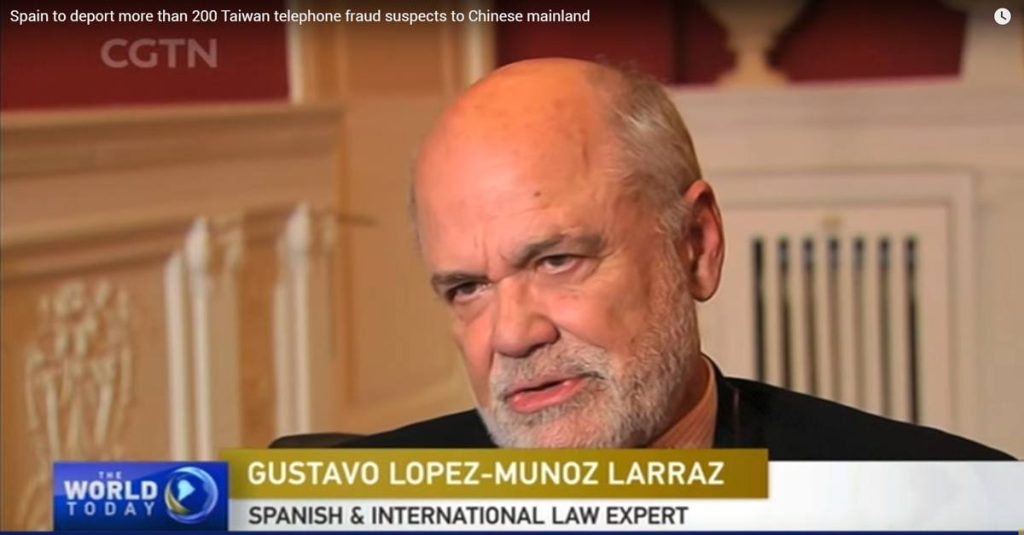Controls on contributions for accidents at work and occupational disease

Key “a” – The contribution rules for exclusive office workers and the labor inspectorate
Change of criteria of the Labor Inspectorate
In recent times, companies are seeing how the Labor and Social Security Inspectorate is tightening its controls on contributions for work accidents and professional illness in relation to exclusive office work.
According to the type of company and/or sector we are dealing with, this hardening is translating into acts of infringement of enormous amounts that can mean the difference between ending the year in profit or loss.
Specifically, the inspection work, following the entry into force of the General State Budget Law for the year 2016, of October 29, 2015, has focused its resources on reviewing the contributions for professional contingencies in relation to those workers who were framed within the occupational code “a” from the premium chart.
Thus, the eighth final provision of Law 48/2015, which entered into force on January 1, 2016, modified the regulation of key “a”, of the exclusive office workers, going on to determine that shall be considered “staff in exclusive office work” to those employed by others who, without being subject to the risks of the economic activity of the company, carry out their occupation exclusively in carrying out their own office work even when they correspond to the activity of the company, and provided that such work is carried out only in the places destined for company offices”.
After having granted companies a period of coupling to the new regulation, the Labor Inspectorate has launched in recent months with campaigns throughout the Spanish territory through a much more restrictive application of this precept, requiring that all workers of a company be registered with the CNAE corresponding to their corporate purpose regardless of the work they do, allowing the key “a” in cases exceptional and only for those positions that are considered totally exclusive to the office.
So, until now, the interpretation of this key was extended to any employee who was in a position considered to be an office position, however, now it already requires the observance of an absolute exclusivity to said functions.
“Exclusive office” workstation
It is necessary to observe the existence of the following requirements to understand when we are faced with an “exclusive office” job:
- Workers cannot be subjected in any way to the risks that are inherent to the company’s own activity, understanding these as any action, however minimal, that could entail such risks.
- Develop their tasks exclusively in office work, without being able to work partially for another type of service excluded from the above.
- The job must be carried out only inside the company’s offices, not requiring departures, however minimal and sporadic they may be, to any other part of the facilities or outside the company.
- The functions of these workers must be completely different from the activity of the company.
As an example, an HR worker from a commercial establishment who works in an office and has to go down to the store on occasion to talk would be excluded from the 1% contribution with employees, or a legal adviser who sporadically has to travel to the client’s facilities or to the court.
Until now it was common for a company within a risk sector to include all its own management, technical or administrative workers (office staff) in key “a” in order to avoid having to bear a high quote rate.
At this time, the Labor Inspectorate and the General Treasury of the Social Security consider that it is not enough to work in the office, but also consider it essential that their functions differ from the main ones of the company.
From the new wording of the precept that regulates jobs under code “a” several legal aspects can be drawn in conclusion when facing a Labor Inspectorate as a company.< /p>
- First of all, we must take into account that the regulation entered into force on January 1, 2016, and although it is true that the Inspectorate has the power to act beyond that date, specifically in relation to the last 4 years From the point of view of Social Security, it would be debatable to consider that said rule had retroactive effects, although the defense of the Inspectorate itself is that we are facing a mere interpretative change.
- Second point, the legislator has placed special emphasis on providing a certain exclusivity when it comes to being able to lock a worker under the key “a”, through expressions such as “exclusively” and “only”. Instead, however, he has left open to interpretation what is considered “company activity.” Thus, the most common interpretation focuses on understanding as “company activity” those services directly related to the IAE and CNAE rating.
In this sense, it seems that in order to avoid any type of extensive interpretation, the legislator is allowing only the possibility of registering workers under the code “ a” in those companies or services where there is a clear break between the work of their activity and other office tasks, such as a delivery service company, where there are street delivery men and structure workers, or a chain of restaurants where the staff of the premises are on the one hand and those of the central office on the other.
On the contrary, it seems very difficult to differentiate within a legal office those workers whose work would only be in the office compared to those who are not, so a detailed study will be essential in each case.
Main consequences of incorrect framing
In the event that the risk of an incorrect framing materializes, the consequences for the company would be the following:
- Act of liquidation of Social Security contributions not paid in the last 4 years resulting from the difference between the contribution rate applied (1%, Key “A”) and the one that should be applied.
- Additionally, a penalty for a serious Social Security violation, which could range from 50% to 100% of the amount owed.
As an example, in a company dedicated to civil construction, the engineers that are in the office must contribute at 6.70% of the CNAE 42, instead of 1 % of the key “a”, which implies a great impact on the company’s cost item.
Following this same assumption, if we adopt a common example, taking 10 workers under code “a”, with an average salary of €25,000 per year, when they really should have been framed in their corresponding CNAE, would mean a debt of €65,550 for the company and additionally a penalty that could go up to almost €70,000, assuming a total of more than €135,550, plus the additional cost in the future, having to contribute every year for a additional amount of €14,250.
Actions to be carried out
In order to avoid all these risks, with the important associated cost items, it will be necessary to analyze all those jobs that have the key “a” assigned, in order to locate those that, although carried out in the office, are occupations directly related to the corporate purpose and main activity of the Company.
29/01/2018



















